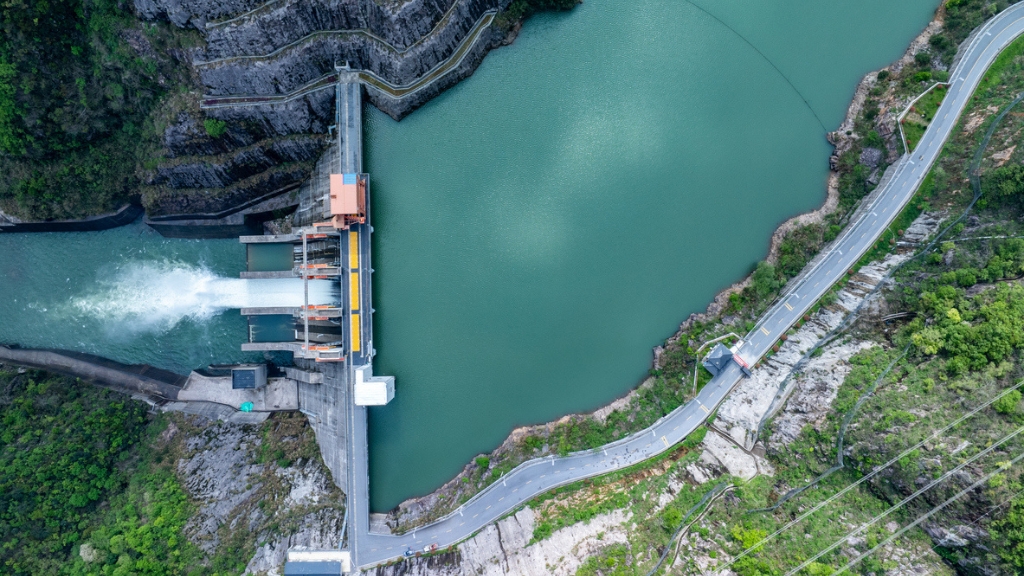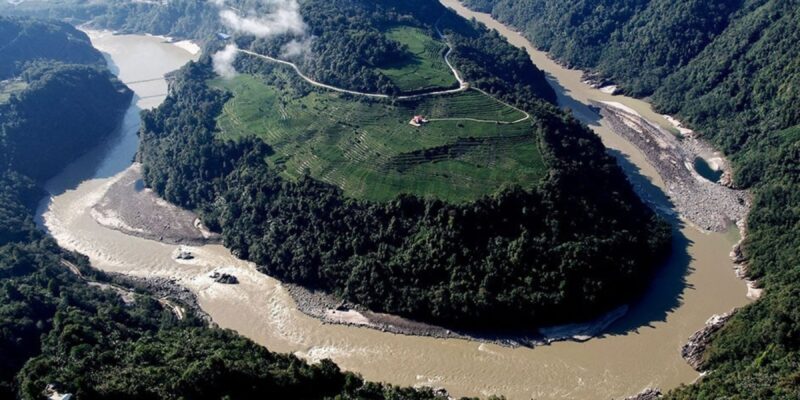| বাংলায় পড়ুন | Researchers and Reporters: Tanjil Fuad Ayesha Maria |
China has given the go-ahead to build the biggest dam in the world on Tibet’s Brahmaputra River, which is close to the Indian border. According to experts, the dam might have disastrous effects on Bangladesh. Concerns over water flow regulation, regional stability, and possible flood hazards have been raised in Bangladesh and India by the project, which is expected to cost $137 billion to build.
Hydroelectric power generation is the main reason why China is building the dam. Large amounts of electricity could be produced from the dam, which is anticipated to be among the biggest in the world. The demands of China’s expanding population and economic growth may be met in part by this electricity.
But it can also give rise to concerns that Bangladesh won’t get its fair share of the waters of the Brahmaputra. Also, Bangladesh runs the risk of being stuck between the conflicting interests of its larger neighbors because it is the smallest downstream nation.
What are the difficulties in constructing the dam?
The Brahmaputra Dam’s placement on a tectonic plate border, which is prone to earthquakes, presents significant engineering hurdles. Earthquakes frequently occur on the tectonic plate on which the Tibetan Plateau is situated. To ensure adequate water flow, the dam is being built in mainland China, where the most rainfall falls.

China’s dam construction’s effects on Bangladesh’s Brahmaputra
As a significant component of Bangladesh’s overall water resources, the Brahmaputra is essential to this country. Of Bangladesh’s population, at least 60% rely on the river basin. A major threat to the nation’s water security would be any alteration in river flow brought on by dam development upstream. By limiting the flow of water to upstream nations, dams can decrease the amount of water available to downstream nations, putting livelihoods, fisheries, and agriculture at risk.
Bangladesh might leverage the mutual advantages of hydroelectricity generation by negotiating cooperation in the Chinese dam project. If Bangladesh, India, and China agree to share power, the dam—which is expected to produce more than 60 gigawatts of electricity—could be profitable.
How will the Brahmaputra dam affect neighboring India?
According to the PTI news agency, China’s dam’s size and scope might discharge a significant amount of water and raise the possibility of flooding in the border areas in the event of future hostilities, in addition to its capacity to regulate the Brahmaputra’s water flow. Additionally, this issue is causing worry in neighboring India.

Trilateral cooperation on China’s dam construction on the Brahmaputra River
Together, India, Bangladesh, and China can solve environmental issues, guarantee fair water distribution, and establish a framework for resource management in the Brahmaputra. Such an agreement would show that shared rivers may serve as a forum for regional collaboration rather than being a source of strife.
Bangladesh can start bringing China and India to the diplomatic discussion table to achieve this. To mediate and facilitate the negotiations, it will also need to interact with regional and global organizations. To make sure that the Brahmaputra continues to be a source of life and livelihood for all three nations, an open and inclusive procedure would be essential.





























Comments